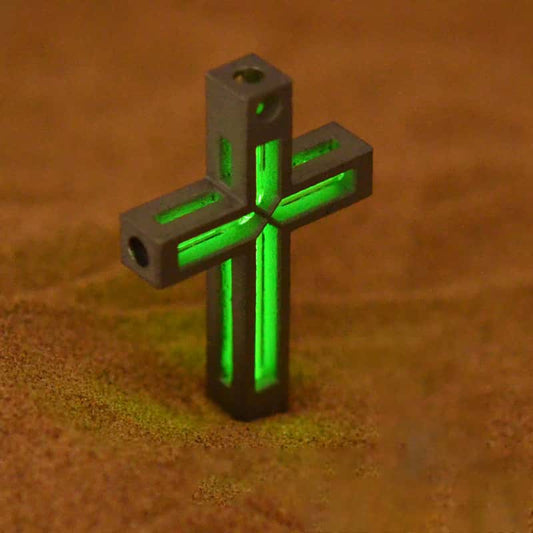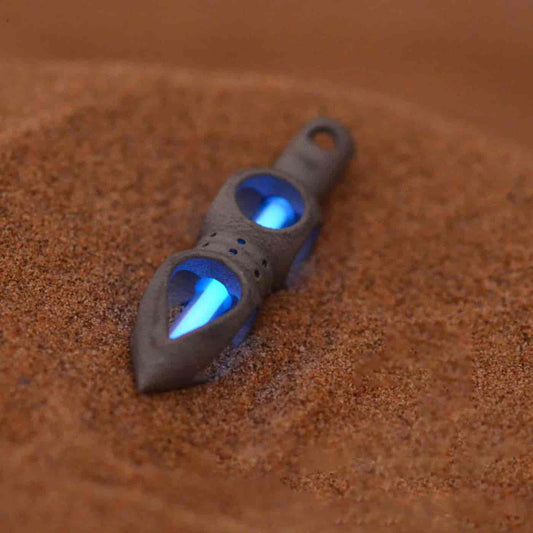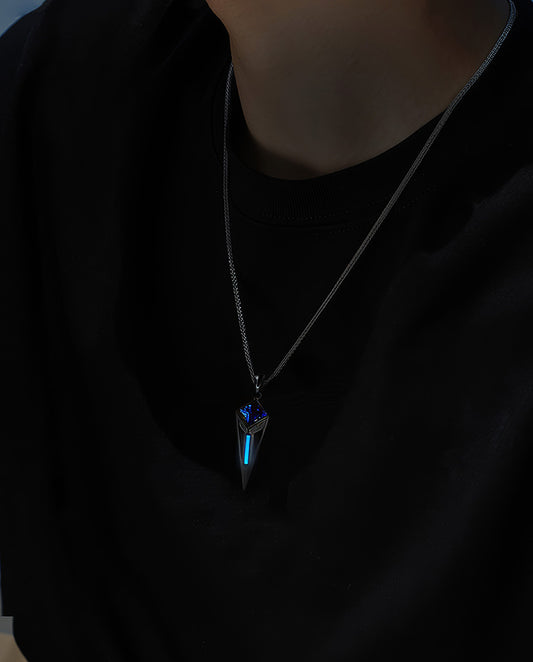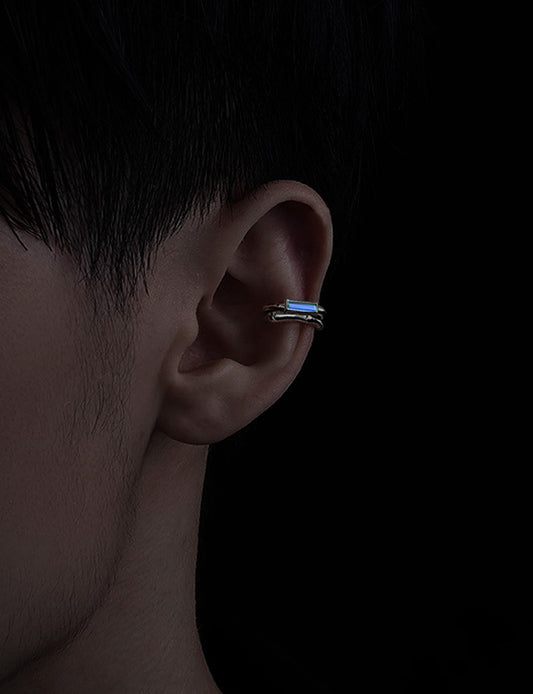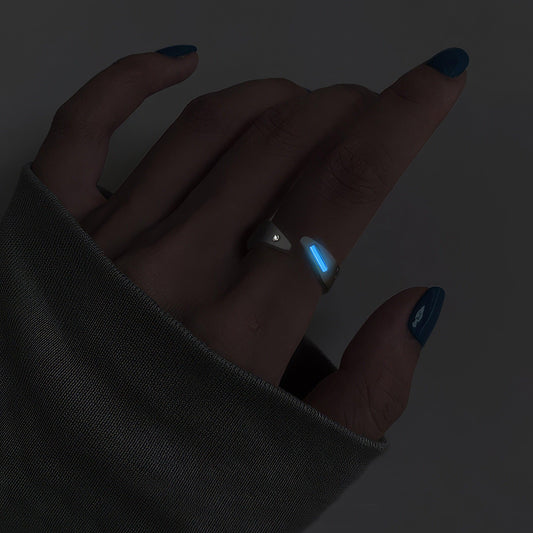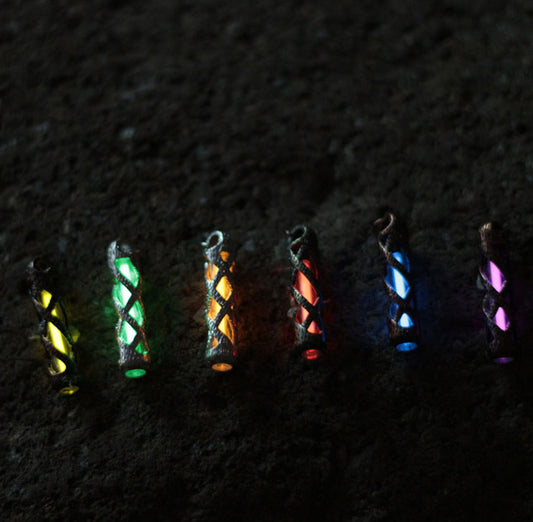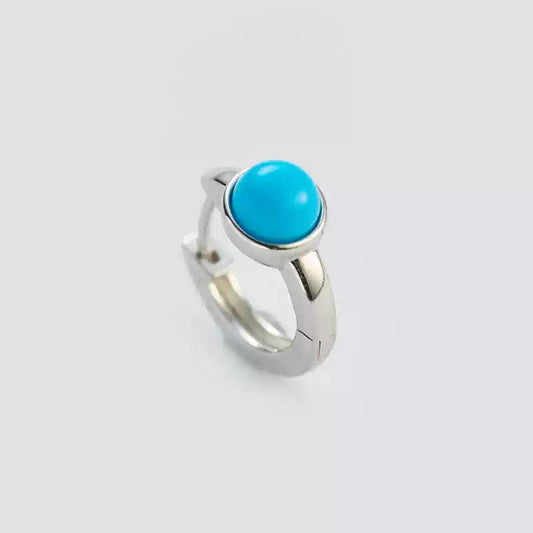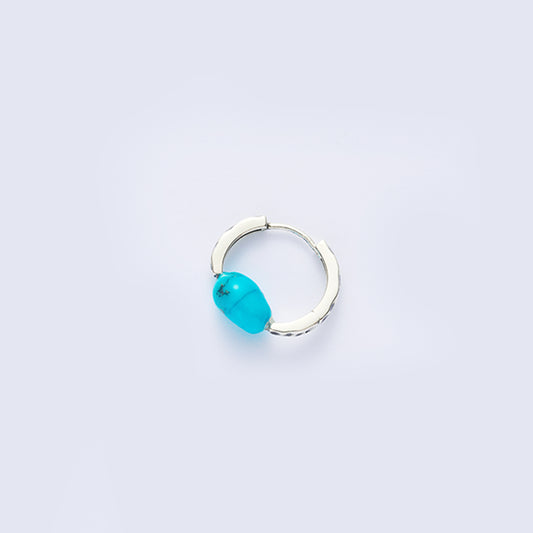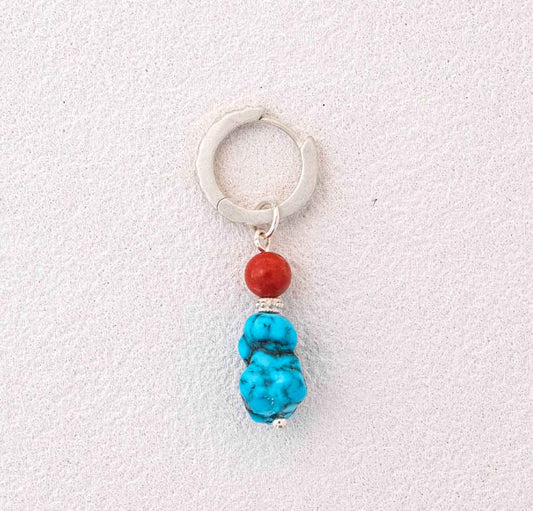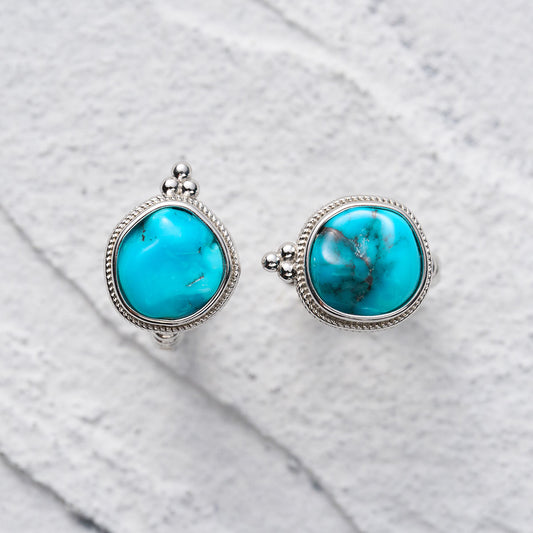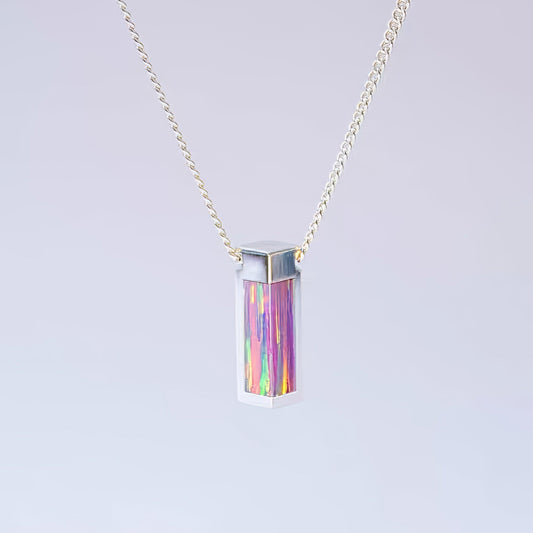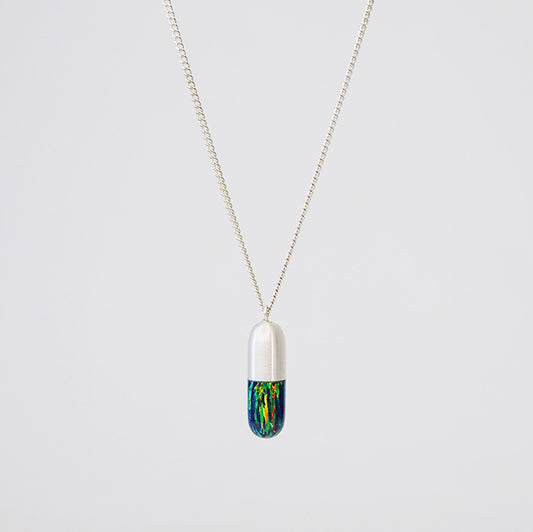Understanding Diamond Clarity A Personal Insight
Understanding Diamond Clarity A Personal Insight
The idea of choosing the perfect diamond can feel a bit like navigating an intricate labyrinth. So many factors come into play: cut, color, carat, and, of course, clarity. Let's zero in on clarity, the aspect that often seems less understood yet is crucial in determining a diamond’s allure.
One afternoon, as I sifted through my grandmother's jewelry box, hunting for a piece to borrow for an evening dinner, I came across her old engagement ring. It wasn't the biggest diamond I'd ever seen, but there was something mesmerizing about its sparkle. It wasn't until I did a bit of research later that evening that I realized much of its charm stemmed from its clarity.
To define clarity in diamonds, we're essentially talking about the absence of internal flaws, known as inclusions, and external blemishes. These imperfections can affect the transparency of the diamond and its brilliance. The fewer the flaws, the higher the clarity grade. The Gemological Institute of America (GIA) scales clarity from Flawless (F) to Included (I). My grandmother’s ring, as I later discovered, fell somewhere in the middle, but it still caught the light in the most enchanting way.
Interestingly, many inclusions are microscopic. They don’t always detract from the beauty to the naked eye, which is a wonderful reminder that perfection isn't always visible and that each diamond, like a person, has its unique character. I recall my friend Sarah once saying how she chose a diamond with slightly more visible inclusions because it was affordable yet still beautiful. It's comforting to know that diamonds, much like life, don’t need to be perfect to be appreciated.
Different cultures have various takes on clarity. In some places, a flawless diamond might be the ultimate status symbol. In others, the imperfections are cherished as unique markers of nature’s handiwork. This perspective struck me during a trip to Jaipur, India, where I visited a workshop full of artisans who hand-cut each stone. They spoke of inclusions as the 'fingerprint of God,' which added a philosophical weight to the stones I previously saw as merely objects of beauty.
From a stylistic perspective, trends have sometimes leaned towards visible inclusions, emphasizing a natural, organic feel over polished perfection. This suits a movement towards authenticity, even in luxury markets. An inclusion-laden diamond might make you think of an indie film—maybe not the glossy blockbuster everyone flocks to, but a fascinating narrative you won't forget.
In wrapping up, I find myself increasingly fascinated by the very imperfections in diamonds that can seemingly detract from their value. They remind us of resilience and individuality. Next time you're gazing into a diamond display, remember to appreciate not just its surface sparkle but its hidden depth and history. After all, isn't it those little quirks and fingerprints that make life—diamond-studded or not—truly interesting?
